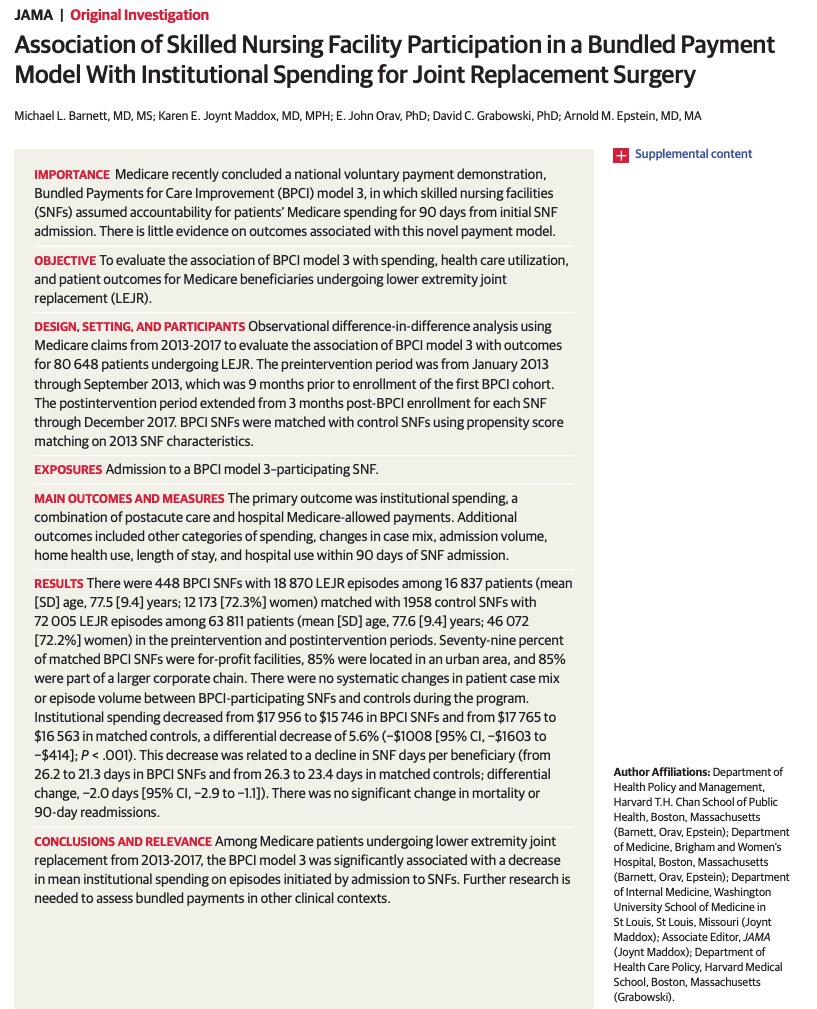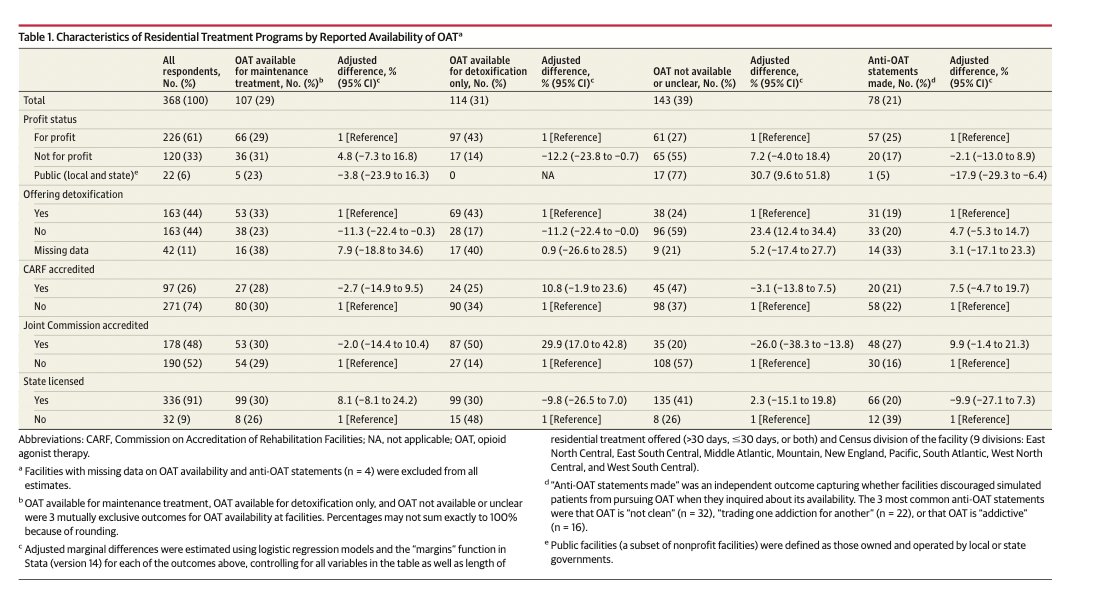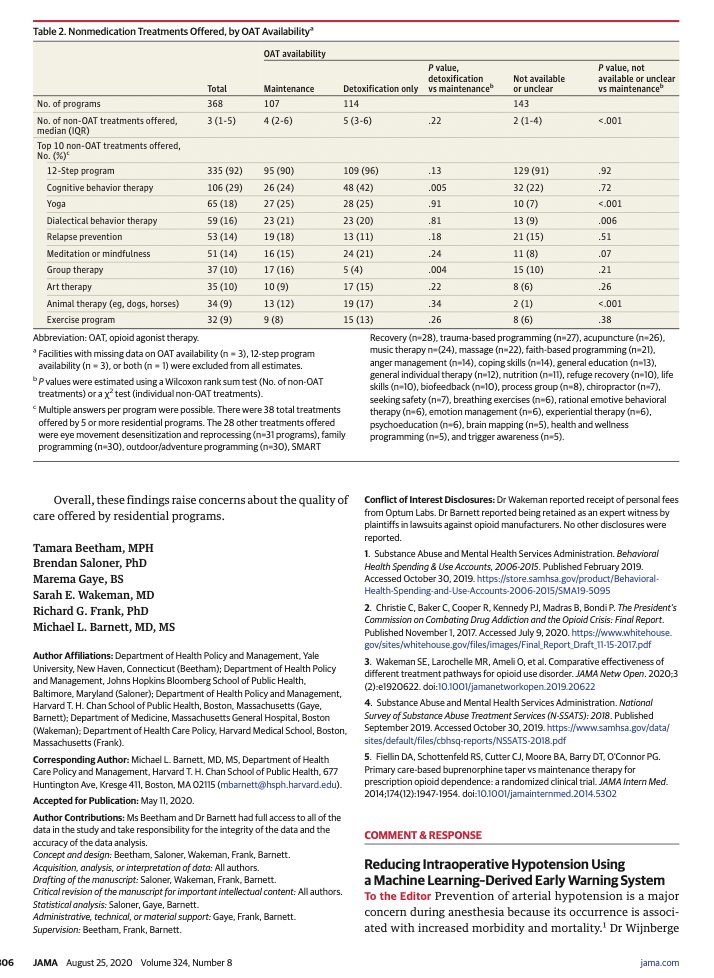
I spent the entire month of February 2020 in a state of silent panic.
Watching Europe + US outbreaks play out, I knew something terrible was coming. But few of my colleagues shared the depth of my fear.
It feels like this again. And I think the public still has no idea.
🧵
Watching Europe + US outbreaks play out, I knew something terrible was coming. But few of my colleagues shared the depth of my fear.
It feels like this again. And I think the public still has no idea.
🧵
Just. look. at. this. graph.
Did late March feel terrible and apocalyptic? We are FAR past that point right now.
And guess what? We have not yet reached the BUSIEST HOLIDAY TRAVEL WEEK OF THE YEAR
My patients are asking me about travel plans. They have no idea what is coming
Did late March feel terrible and apocalyptic? We are FAR past that point right now.
And guess what? We have not yet reached the BUSIEST HOLIDAY TRAVEL WEEK OF THE YEAR
My patients are asking me about travel plans. They have no idea what is coming
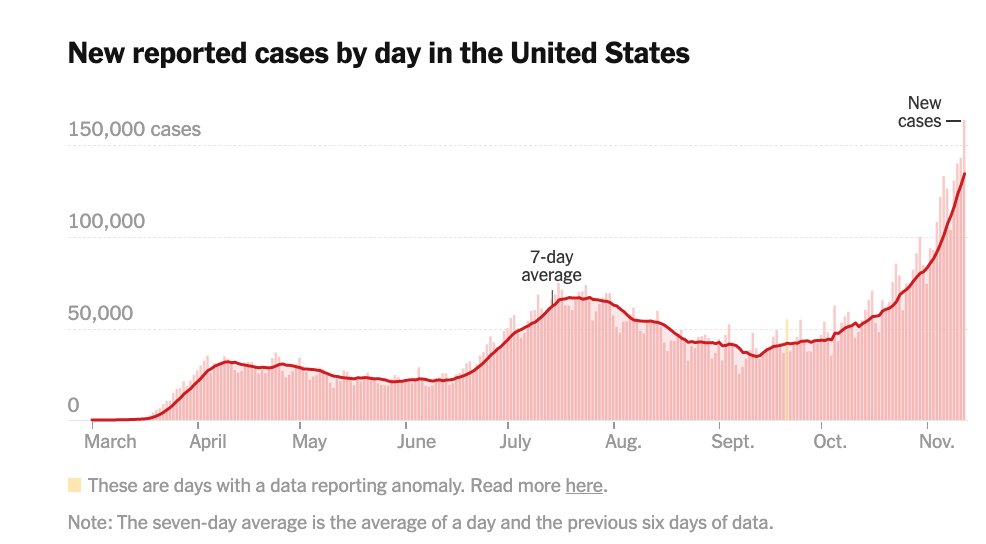
And how can I blame them? Even *I* am uncertain about how to best counsel them.
Honestly guys ... as a PCP my best source of COVID-19 guidance is #epitwitter and #medtwitter.
If this is how I feel, as a PCP and a professor at @HarvardChanSPH then I fear for our country.
Honestly guys ... as a PCP my best source of COVID-19 guidance is #epitwitter and #medtwitter.
If this is how I feel, as a PCP and a professor at @HarvardChanSPH then I fear for our country.
@HarvardChanSPH Of the many many failures of US govt in the pandemic, total lack of consistent public messaging might be the worst
The CDC, White House, local public health depts. issue conflicting, changing and confusing messages daily.
People simply do not know what behavior change to follow
The CDC, White House, local public health depts. issue conflicting, changing and confusing messages daily.
People simply do not know what behavior change to follow
@HarvardChanSPH Because there is no clear guidance, I am confident that at least tens of millions of Americans will travel for Thanksgiving. During the worst peak of COVID-19 in history. With many states' hospital systems already overwhelmed.
December will be a very dark time.
December will be a very dark time.
@HarvardChanSPH A vaccine distributed in April or May will not help us now. We need UNCEASING and CONSISTENT messaging for people to STAY HOME and wear masks or else nothing will change.
Some say that high COVID-19 case counts are from testing. But this does not explain what is happening.
Some say that high COVID-19 case counts are from testing. But this does not explain what is happening.
Hospitalization counts are at or approaching their highest level EVER in the US across many states and we have just entered the exponential growth part of the infection curve.
This is not a drill. This is a profound crisis approaching.
And the most vulnerable will suffer most

This is not a drill. This is a profound crisis approaching.
And the most vulnerable will suffer most
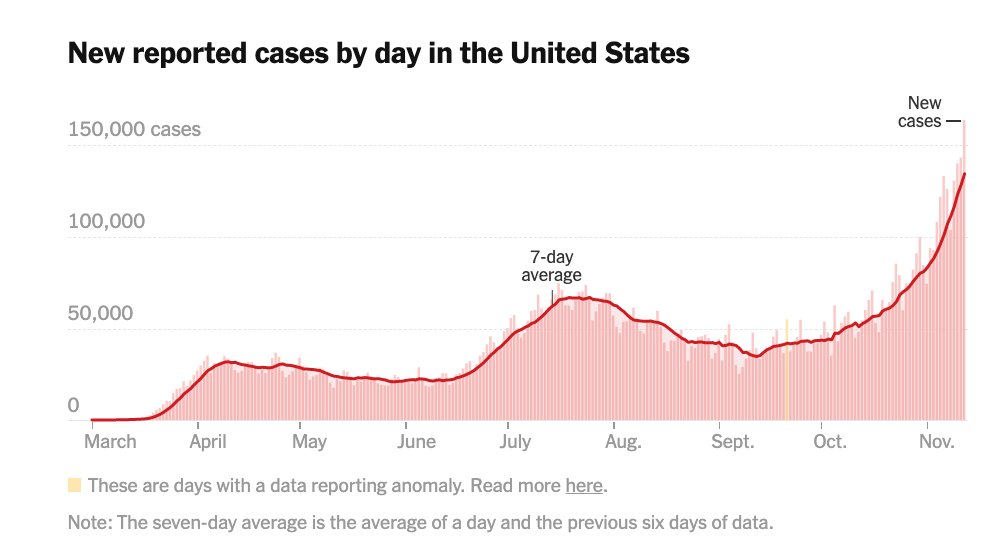
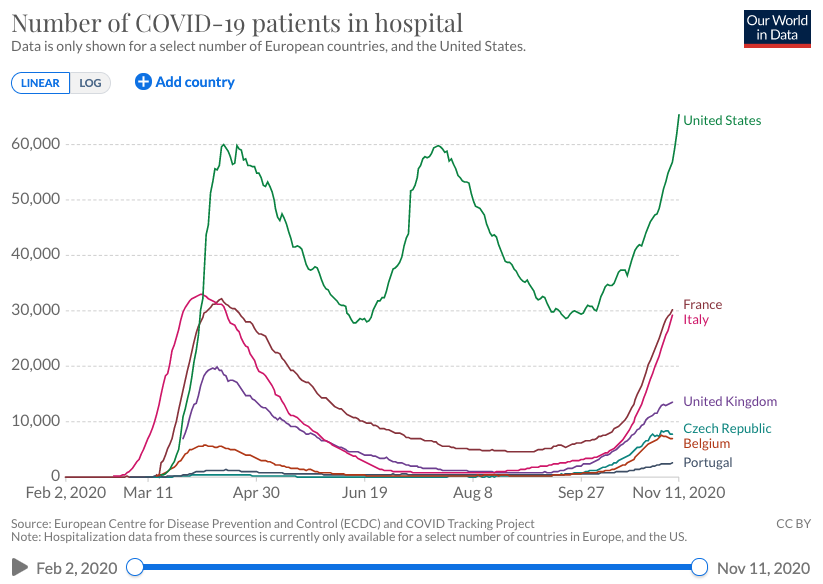
Remember nursing homes? The where 5% of the population has been decimated by COVID-19? Things have never gotten better there. And they are about to enter the most perilous threat of their existence.
onlinelibrary.wiley.com/doi/epdf/10.11…
onlinelibrary.wiley.com/doi/epdf/10.11…
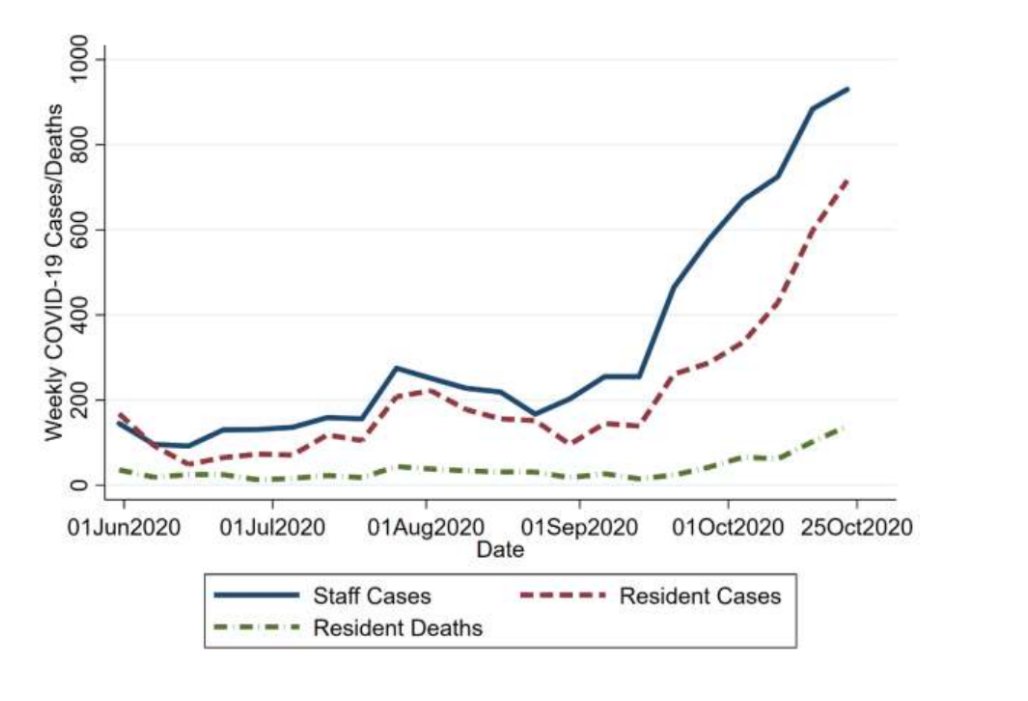
This is really, really, really, really bad. Tell your loved ones, your patients. STAY HOME. Be the MOST cautious you have ever been in 2020.
If you follow me you know that I am not prone to hyperbole. I hope I'm wrong and being alarmist. But I don't think so.
/fin (for now)
If you follow me you know that I am not prone to hyperbole. I hope I'm wrong and being alarmist. But I don't think so.
/fin (for now)
• • •
Missing some Tweet in this thread? You can try to
force a refresh

